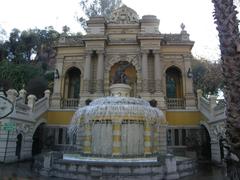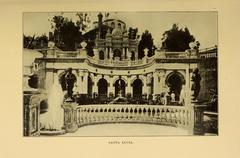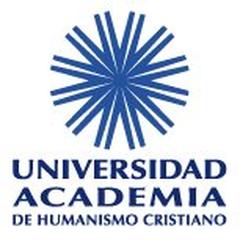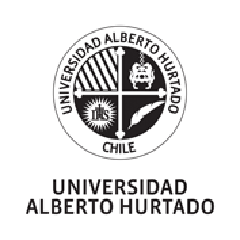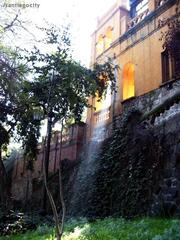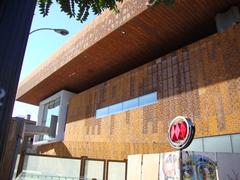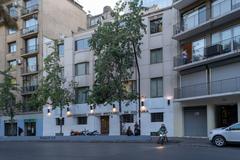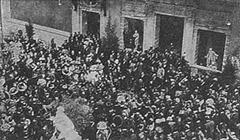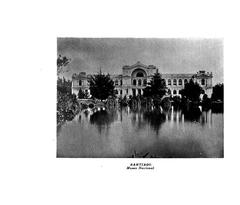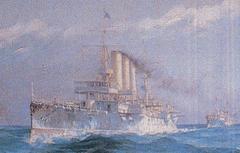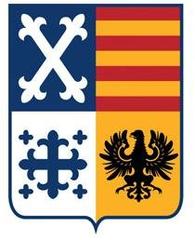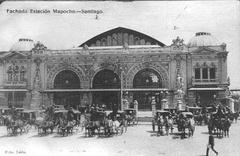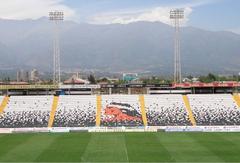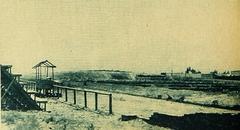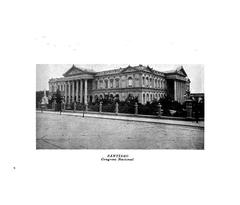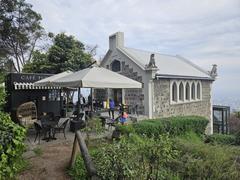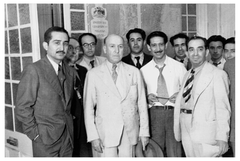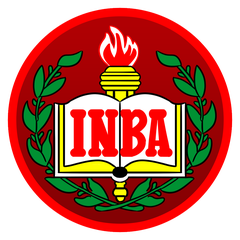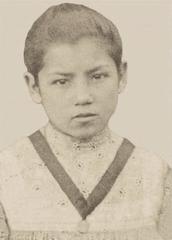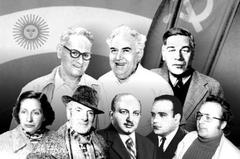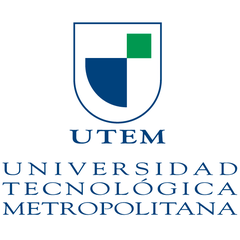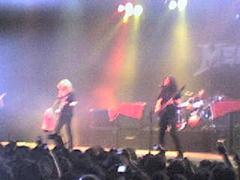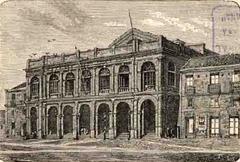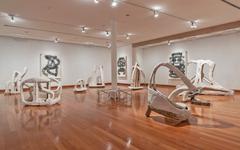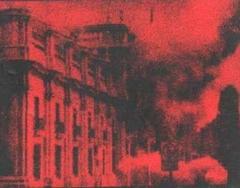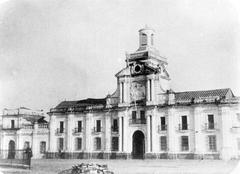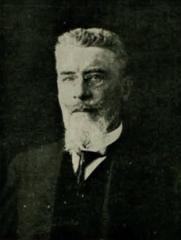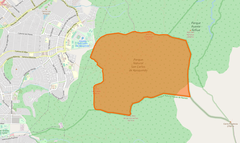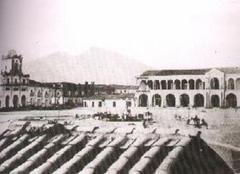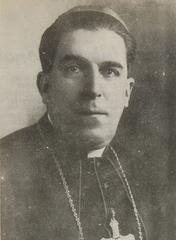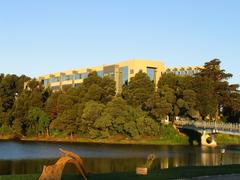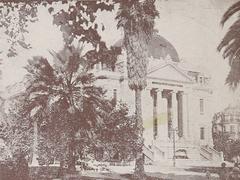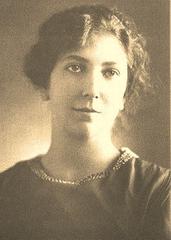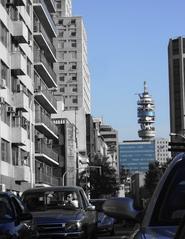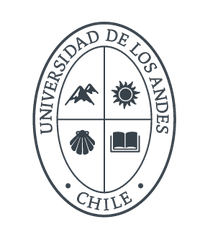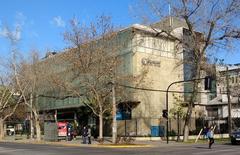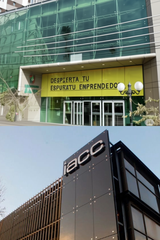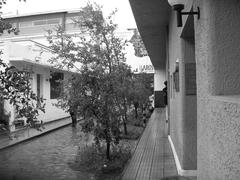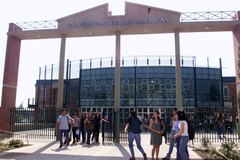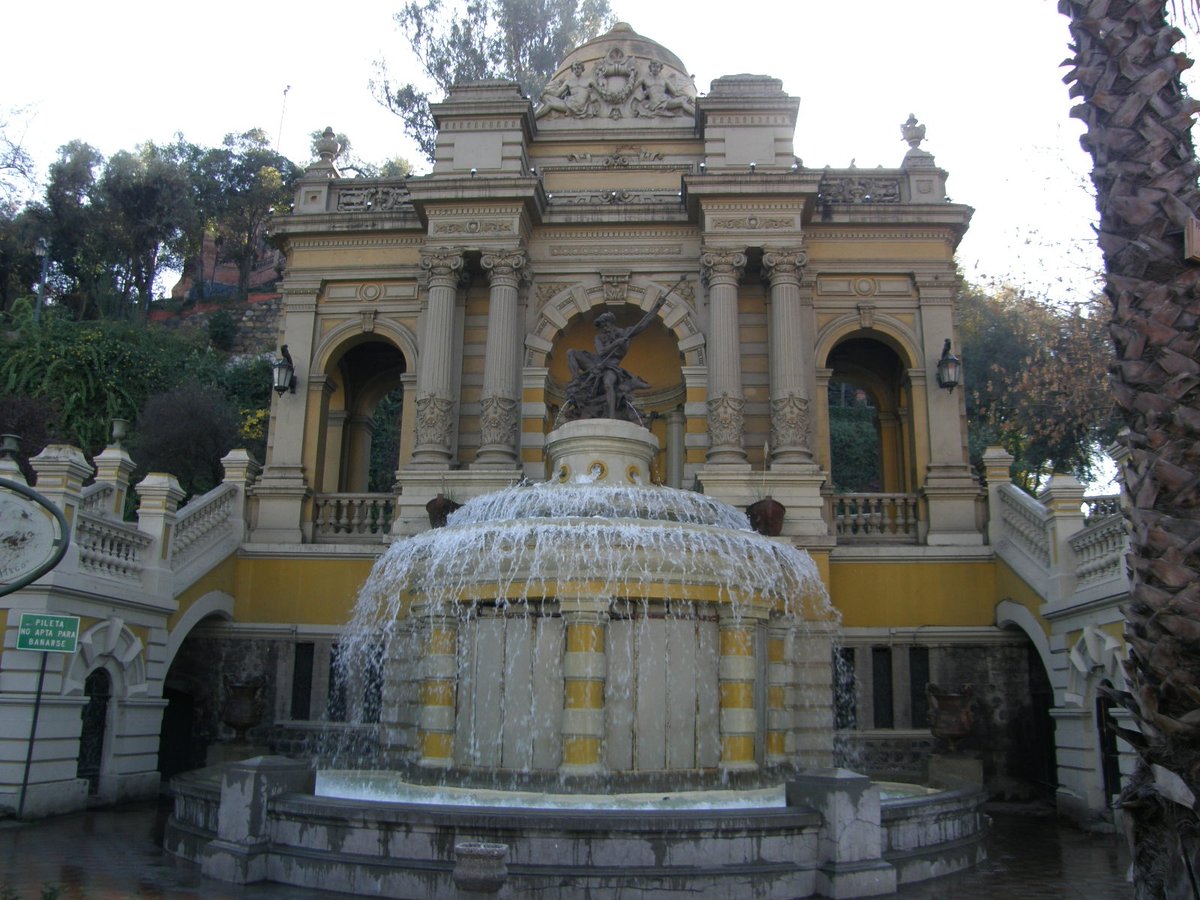
Visiting Hours, Tickets, and Historical Insights of Fuente De Neptuno, Santiago De Chile
Publication Date: 17/08/2024
Introduction: The Fascinating History and Significance of Fuente De Neptuno
Welcome to your comprehensive guide to the Fuente de Neptuno in Santiago de Chile! This iconic monument, steeped in history and cultural significance, is a must-visit for anyone exploring the city. Located on Santa Lucía Hill, the Fuente de Neptuno is a monumental fountain dedicated to the Roman god of the seas, Neptune. Constructed between 1897 and 1903, the fountain was part of the city’s beautification efforts and was designed by French architect Victor Henri Villeneuve and later finalized by Chilean architect Benjamín Marambio (second.wiki). The fountain’s architectural style, known as “industrial sculpture,” is characterized by the production of multiple copies from the same mold, with the Chilean government commissioning the fountain from France’s Val d’Osne Foundry (es.wikipedia). Initially installed at the central median of Alameda de las Delicias in 1859, the fountain was later relocated to Santa Lucía Hill during the first century of Chile’s independence, symbolizing the city’s transition from colonial to modern architectural styles (wikiwand). In 2012, the Fuente de Neptuno underwent significant restoration as part of the Bicentennial celebrations of Chile, ensuring its preservation for future generations (platformaurbana).
Table of Contents
- Introduction
- History of Fuente De Neptuno, Santiago De Chile
- Visitor Information
- FAQ
- What are the Fuente de Neptuno visiting hours?
- Do I need to buy tickets to visit the Fuente de Neptuno?
- What is the best way to get to the Fuente de Neptuno?
- Are there any nearby attractions worth visiting?
- Is the Fuente de Neptuno accessible to visitors with disabilities?
- Are there any special events or guided tours available?
- Conclusion
- References and Further Reading
History of Fuente De Neptuno, Santiago De Chile
Origins and Construction
The Fuente de Neptuno, a monumental fountain dedicated to the Roman god of the seas, Neptune, is located on Santa Lucía Hill in Santiago Centro, Chile. The fountain was constructed between 1897 and 1903 as part of the city’s beautification efforts. The initial design was commissioned to the French architect Victor Henri Villeneuve and later finalized by the Chilean architect Benjamín Marambio (second.wiki).
Architectural Style and Design
The fountain is a prime example of the “industrial sculpture” style, characterized by the production of multiple copies from the same mold. The Chilean government commissioned the fountain from France, specifically from the Val d’Osne Foundry, which used a model created in 1856-57 by the French sculptor Gabriel-Vital Dubray (es.wikipedia).
Relocation and Restoration
Initially, the fountain was installed at the central median of Alameda de las Delicias in 1859, a prominent promenade in Santiago at the time. However, it was later relocated to its current position on Santa Lucía Hill during the first century of Chile’s independence, marking a shift from colonial to more modern architectural styles (wikiwand). In 2012, both the Fuente de Neptuno and a smaller fountain featuring Neptune and his wife Amphitrite, located by the entrance of the hill towards Merced Street, were restored as part of the Bicentennial celebrations of Chile. This restoration aimed to preserve the historical and cultural significance of these monuments (second.wiki).
Iconography and Structure
The Fuente de Neptuno is situated within a terrace that features a circular fountain at its center. The bronze sculpture of Neptune, seated and holding a trident, is positioned at the highest point of the fountain. Flanking the fountain are two parallel staircases that lead up to a triumphal arch adorned with four central Ionic columns and various architectural ornaments typical of the period (es.wikipedia).
Historical Significance
The fountain not only serves as a decorative element but also as a historical marker. It symbolizes the city’s transition from its colonial past to a more modern era. The relocation and subsequent restoration of the fountain highlight its enduring importance to the cultural and historical landscape of Santiago (platformaurbana).
Associated Figures and Contributions
The smaller fountain featuring Neptune and Amphitrite was donated by Matías Cousiño, a prominent figure in Santiago’s history. This donation underscores the collaborative efforts between private citizens and the government in the city’s beautification projects (wikiwand).
Modern-Day Relevance
Today, the Fuente de Neptuno remains a popular tourist attraction and a significant historical landmark. Its restoration has ensured that it continues to be a focal point for both locals and visitors, offering a glimpse into Santiago’s rich architectural and cultural heritage (santiagoando).
Additional Historical Context
Santa Lucía Hill itself is steeped in history. It was the site where Spanish conquistador Pedro de Valdivia founded the city of Santiago in 1541. Over the centuries, the hill has been home to various forts and has served as a lookout point to protect the city. The hill is also the remnant of an ancient volcano, adding a geological layer to its historical significance (misstourist).
Influence of French Landscape Design
The current appearance of Santa Lucía Hill, including the Fuente de Neptuno, is largely attributed to Benjamín Vicuña Mackenna, the city’s intendant in the late 19th century. Inspired by French landscape design, Mackenna transformed the hill into an elegant park featuring gardens, fountains, terraces, and intricate pathways. This transformation was part of a broader trend of Francophilia that influenced urban planning in Santiago and other American cities during that period (santiagoando).
Cultural Impact
The Fuente de Neptuno and its surrounding structures have become iconic symbols of Santiago’s historical and cultural evolution. They represent the city’s efforts to blend its colonial past with modern influences, creating a unique architectural and cultural identity. The fountain’s enduring presence and the efforts to preserve it reflect the importance of maintaining historical landmarks as living parts of the city’s heritage (platformaurbana).
Conclusion
The Fuente de Neptuno stands as a testament to Santiago’s rich history and cultural heritage. From its initial construction and relocation to its restoration and continued significance, the fountain encapsulates the city’s journey through time. It remains a must-visit landmark for anyone interested in exploring the historical and cultural depths of Santiago, Chile (second.wiki).
Visitor Information
Tickets and Visiting Hours
- Tickets: Access to the Fuente de Neptuno is free of charge.
- Visiting Hours: The fountain is accessible daily from 6:00 AM to 9:00 PM.
Travel Tips
- Best Times to Visit: The best time to visit is during the morning or late afternoon to avoid the midday heat.
- How to Get There: The fountain is located on Santa Lucía Hill, easily reachable by taking the Santiago Metro to the Santa Lucía station.
Nearby Attractions
- Santa Lucía Hill: Explore the historic hill itself, which offers gardens, viewpoints, and other monuments.
- National Library of Chile: Located nearby, this library is an architectural marvel and a repository of Chilean history.
- Cerro San Cristóbal: Another prominent hill in Santiago, offering panoramic views of the city.
Accessibility
- For Visitors with Disabilities: The hill has several ramps and accessible pathways, although some areas may be challenging due to the steep terrain.
Special Events
- Guided Tours: Occasional guided tours are available, often provided during special cultural events or festivals.
- Notable Events: The fountain is sometimes illuminated during special events, adding to its visual appeal.
Photographic Spots
- Best Places to Take Photos: The terrace surrounding the fountain offers excellent angles for photography, especially during sunrise and sunset.
FAQ
What are the Fuente de Neptuno visiting hours?
- The fountain is open daily from 6:00 AM to 9:00 PM.
Do I need to buy tickets to visit the Fuente de Neptuno?
- No, access to the fountain is free of charge.
What is the best way to get to the Fuente de Neptuno?
- The easiest way to reach the fountain is by taking the Santiago Metro to the Santa Lucía station.
Are there any nearby attractions worth visiting?
- Yes, nearby attractions include Santa Lucía Hill, the National Library of Chile, and Cerro San Cristóbal.
Is the Fuente de Neptuno accessible to visitors with disabilities?
- The hill has ramps and accessible pathways, but some areas may be challenging due to steep terrain.
Are there any special events or guided tours available?
- Yes, guided tours are occasionally offered, especially during cultural events and festivals.
Conclusion: Key Takeaways and Final Thoughts
The Fuente de Neptuno stands as a testament to Santiago’s rich history and cultural heritage. From its initial construction and relocation to its restoration and continued significance, the fountain encapsulates the city’s journey through time. Today, it remains a popular tourist attraction and a significant historical landmark, offering visitors a glimpse into Santiago’s architectural and cultural evolution (santiagoando). The fountain’s location on Santa Lucía Hill, a site with deep historical roots, adds further layers of significance. The hill itself was the site where Spanish conquistador Pedro de Valdivia founded the city of Santiago in 1541, and it has since been transformed into an elegant park inspired by French landscape design (misstourist). The Fuente de Neptuno, with its blend of historical, cultural, and architectural elements, continues to be a focal point for both locals and visitors. Its enduring presence and the efforts to preserve it reflect the importance of maintaining historical landmarks as living parts of the city’s heritage. Whether you’re a history buff or a casual tourist, a visit to the Fuente de Neptuno offers a unique and enriching experience, showcasing Santiago’s past, present, and future (second.wiki).
